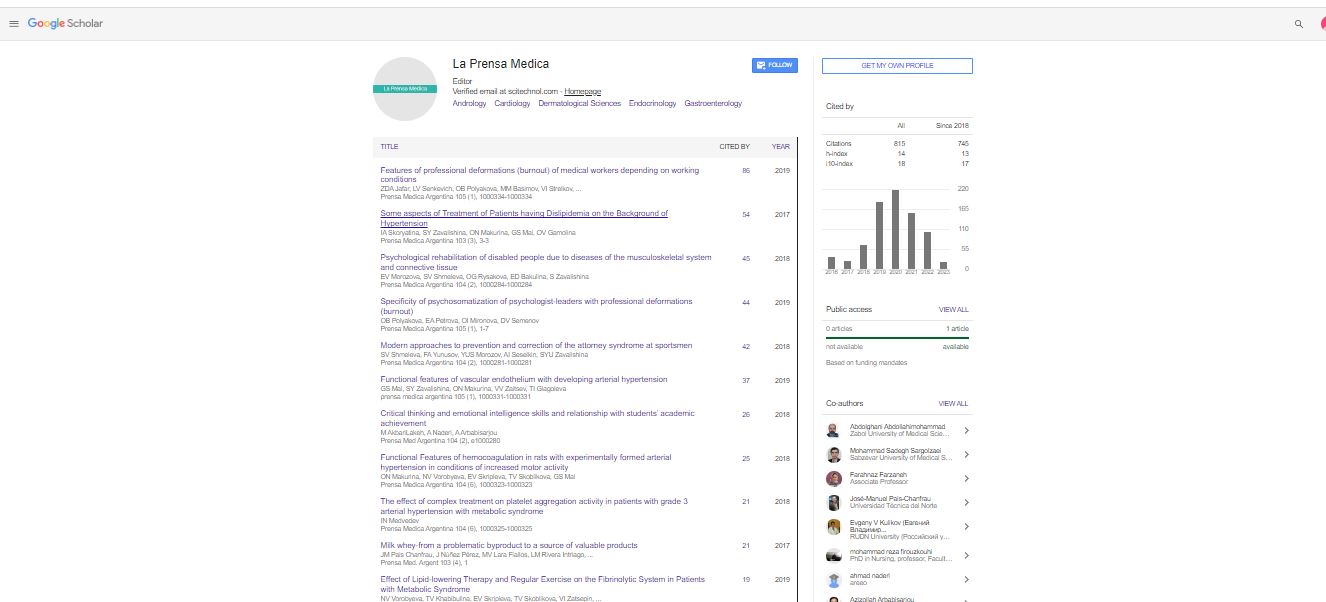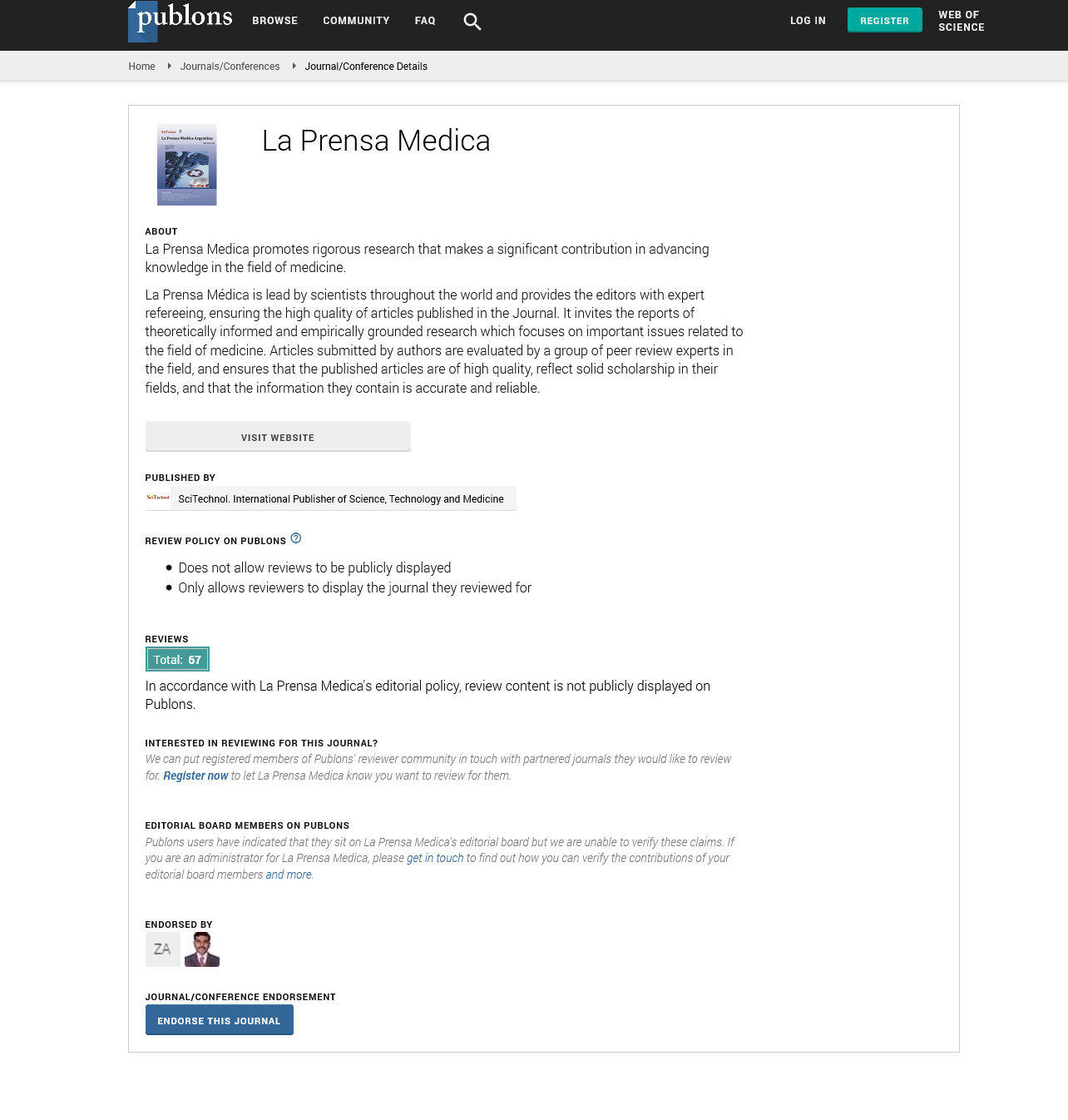Short Communication, Lpm Vol: 0 Issue: 0
Energy balance of Indian rural women determined by their activity-based energy cost: A crosssectional study
Zoobi Khanam Banaras*
Hindu University, India
Abstract
Caloric requirements above basal levels are directly dependent on the degree of activity. Activity thus becomes a very significant factor in determining the caloric adequacy of the marginal diets consumed by many individuals in technically under developed countries. Present study has examined the situation of energy expenditure and energy balance in women of reproductive age group. This study was conducted in rural areas of Varanasi district of Uttar Pradesh state, India. A community based cross sectional design was adopted. By multi stage sampling 610 women of reproductive age group (15-49 years) were interviewed with the help of a pre-designed and pre-tested schedule. Dietary intake and energy expenditure were calculated by using 24-hour dietary recall and activities performed by study subjects in previous 24 hours were recorded. Data was analyzed with the help of SPSS software. The findings of this study revealed that as much as 67.4% study subjects were in negative energy balance and 32.6% had positive energy balance. The overall energy expenditure for study subjects was 1943.05±553.24 kcal/day. There existed significant association between energy expenditure of the subjects and their age, type of family, educational status and socioeconomic class (p<0.001). Negative energy balance was to the extent of 65.3%, 64.7%, 76.8% and 56.8% in the age group of 15- 24, 25-34, 35-44 and ≥45 years, respectively. This was maximum (73.8%) in illiterate and least (58.5%) in subjects with educational status as graduate and above. As much as 69.4% lower, 81.9% lower middle and 72% middle socioeconomic status subjects had negative energy balance. Since negative energy balance in women of reproductive age prevailed in two third subjects and average calorie intake of the subjects was more than 80 percent of the RDA. A prospective follow up can be carried out for linking energy balance of women of reproductive age group and their nutritional status.
Keywords: Energy balance, crosssectional, rural women
Introduction
In India, domestic activities consume a considerable amount of women’s time and energy, especially in rural areas as electrical appliances are not yet in common use. Domestic work mainly involves cooking, washing utensils and clothes, and sweeping the floor. Food is cooked on a traditional chulha (earthen stove) that uses firewood as fuel. The morning activities start with chopping of the stored firewood. Cooking includes activities like making dough and rolling roties, cleaning and cutting vegetables, and grinding spices for gravy. Utensils are washed two or three times a day. The activity of washing clothes is generally done at the well. In some cases women have to go to the river to wash clothes and therefore they have to carry the burden both ways. They have to fetch water daily from a well or hand pump usually situated about 1 km away from house. They carry at least two water containers (total weight of about 25 kg) on their head at each trip and make a couple of trips to satisfy the water needs of the family for the day. Women have to sweep the house and courtyard as well as the animal shed every day. Some women also help in milking the cows/buffaloes. Prolonged breastfeeding being a common practice, young mothers spend considerable energy in breast-feeding the child several times a day. Rural women have hardly any recreational activities. During their spare time, visiting a neighbour’s house to chat or drink tea is a common practice. In addition to their daily activities rural women have to gather firewood at least twice a week. The dirt flooring inside the house as well as in the courtyard is levelled once a week by putting down coats of cow/buffalo dung. Another important weekly activity is cleaning grains, which involves winnowing and removing non-edible items from the grains. We measured the energy costs for resting (i.e. resting metabolic rate; RMR), three standard activities (sitting, standing and walking) and 22 different daily activities that were commonly performed by rural women. A description of these activities is given in the Appendix. The energy cost of each activity was measured in duplicate on three or four women. Daily energy expenditure: The values of energy costs measured for various daily activities were used to estimate the daily energy expenditure of the rural women. For this purpose, we made use of observational data from an activity diary maintained on rural women (n = 16) from the same villages but collected under another departmental project. These data were collected on individual women who were followed throughout the day from waking up (07.00 hours) until bedtime (21.00 hours). The data Volume 107 • Issue 7 revealed the time spent by rural women in various daily activities and allowed us to estimate their daily energy expenditure using the energy costs measured in the present study. The energy costs during sleep and nap were obtained by applying a 15% reduction8 to the value obtained for lying (i.e. RMR, which was measured in the morning). Leisure time spent in some activities like sitting, drinking tea, chatting, eating meals, etc. involved little use of arms and was assumed to be equivalent to sitting inactive8. The energy costs for activities including some personal activities like bathing, which were difficult to measure, were estimated by assuming average cost of 5.86 kJ min−1 (1.4 kcal min−1). Energy expenditure expressed in terms of BMR factors (PARw and PARm) was compared for the various activities (Table 3. It can be seen that PARm values were higher than PARw for almost all activities. This indicates that measured BMR/RMR values for populations in developing countries are lower than those estimated by the FAO/WHO/UNU21 equation, as reported earlier by other researchers22. However, the differences between the two increased as the level of activity increased. Discussion: Studies measuring energy intake and expenditure in malnourished populations in developing countries indicate that mean energy expenditure exceeds mean energy intake, more so in women who are often involved in domestic as well as farming activities23–26. These data emphasise the need for estimating the PAL for women in such communities and comparing it with the estimates given by FAO/WHO/ UNU21, as physical activity is believed to be the possible mode for energy homeostasis7.
 Spanish
Spanish  Chinese
Chinese  Russian
Russian  German
German  French
French  Japanese
Japanese  Portuguese
Portuguese  Hindi
Hindi 

